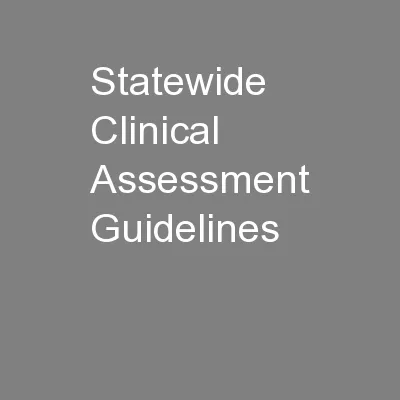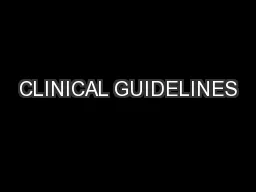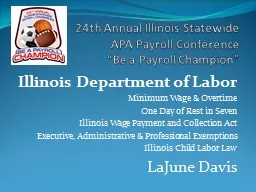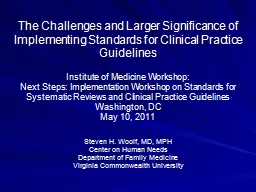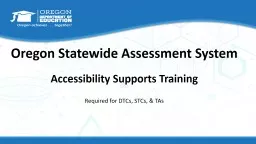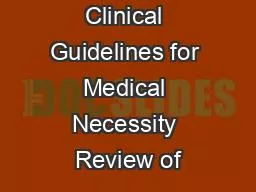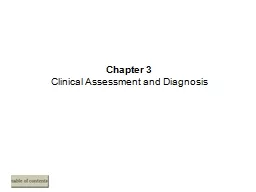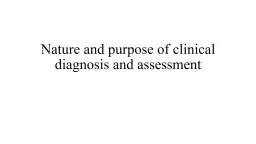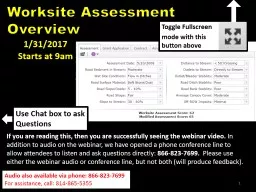PPT-Statewide Clinical Assessment Guidelines
Author : stefany-barnette | Published Date : 2016-05-16
for Involuntary Detention of Individuals Statewide Webinar June 9 2014 1 Welcome Autumn Valerio MPH 2 Introductions CiMH Project Team Percy Howard LCSW Autumn
Presentation Embed Code
Download Presentation
Download Presentation The PPT/PDF document "Statewide Clinical Assessment Guidelines" is the property of its rightful owner. Permission is granted to download and print the materials on this website for personal, non-commercial use only, and to display it on your personal computer provided you do not modify the materials and that you retain all copyright notices contained in the materials. By downloading content from our website, you accept the terms of this agreement.
Statewide Clinical Assessment Guidelines: Transcript
Download Rules Of Document
"Statewide Clinical Assessment Guidelines"The content belongs to its owner. You may download and print it for personal use, without modification, and keep all copyright notices. By downloading, you agree to these terms.
Related Documents

